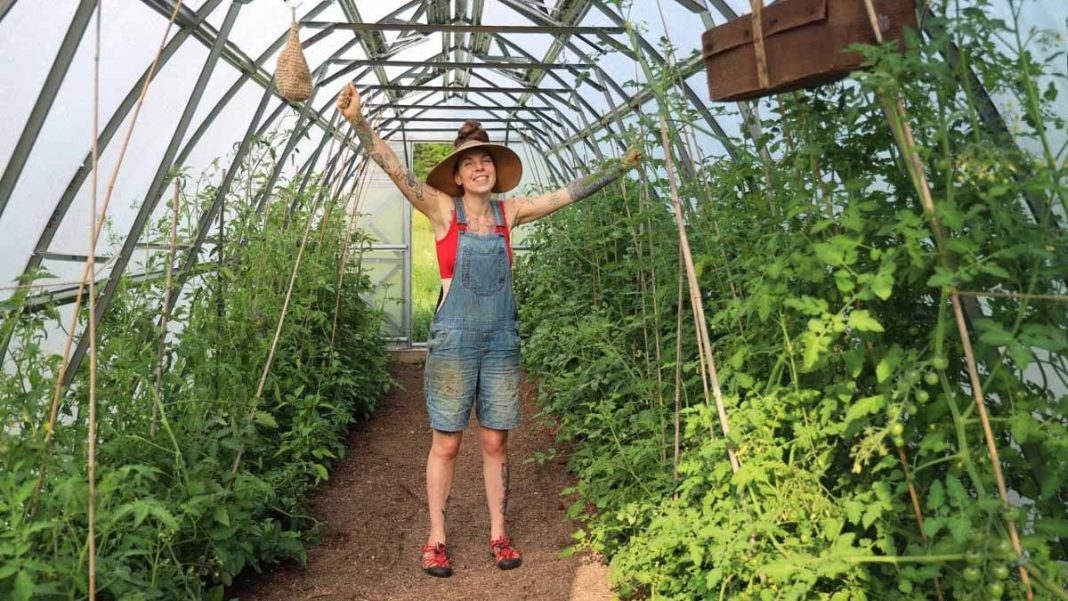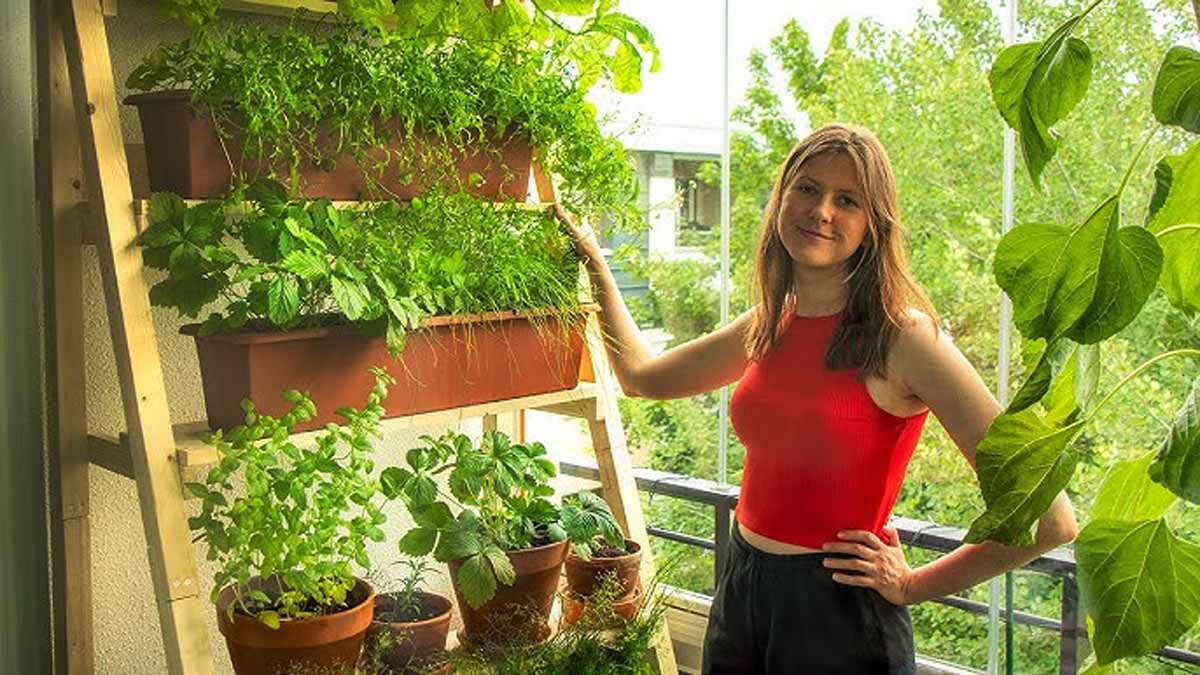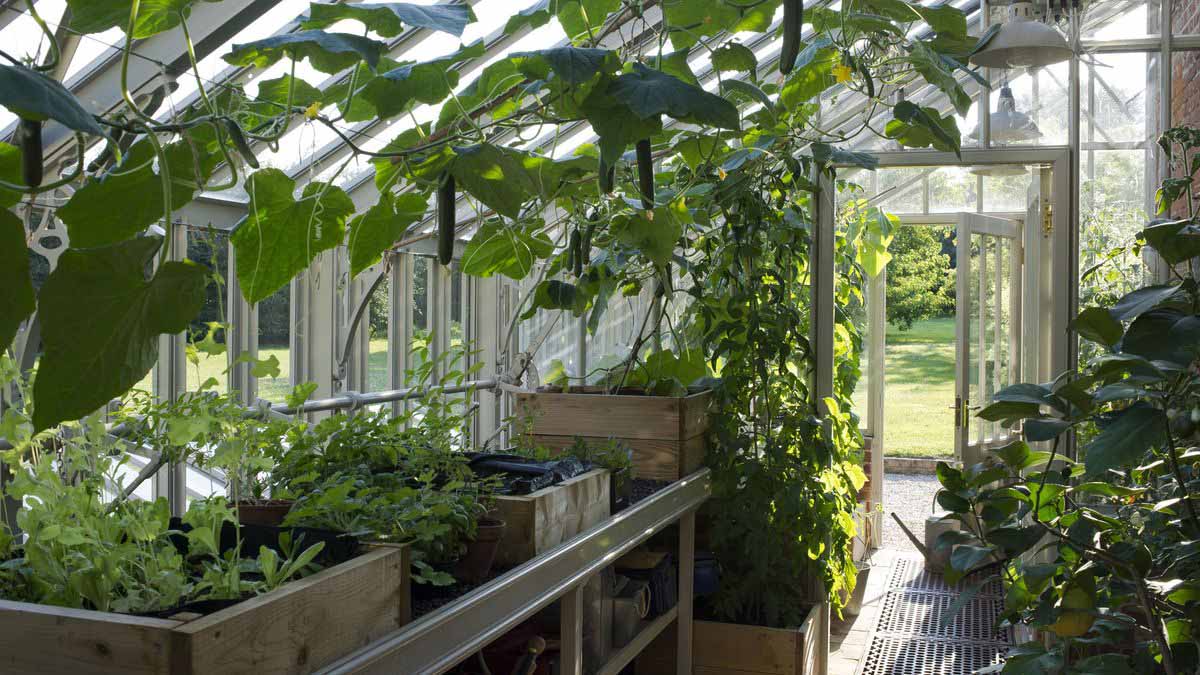Greenhouses represent a bridge between the natural world and human ingenuity, harnessing the power of sunlight to nurture plants in a controlled environment.
Whether you’re a seasoned gardener, a DIY enthusiast, or a solar company exploring innovative applications, understanding how to design an effective greenhouse is vital.
In this blog post, we’ll explore the essentials of creating a greenhouse that maximizes sunlight to foster plant health and vitality.
 The Magic of Sunlight Understanding Its Role in Plant Growth
The Magic of Sunlight Understanding Its Role in Plant Growth
Sunlight is the lifeblood of any greenhouse. It provides the energy needed for photosynthesis, the process by which plants convert light into the food they need to grow.
By understanding the nuances of sunlight, from its intensity to its duration, you can tailor your greenhouse design to optimize these natural resources.
Most plants require a minimum of six hours of sunlight per day to thrive. This means the positioning of your greenhouse is crucial.
Ideally, place it where it will receive ample morning sun, as this is less intense and can jumpstart the photosynthesis process early in the day.
In regions with limited sunlight, consider using reflective materials to maximize light exposure.
However, too much sunlight can be detrimental, leading to overheating and plant stress. To mitigate this, incorporate adjustable shading options, such as retractable screens or shade cloths.
These can help regulate temperature and prevent your greenhouse from becoming a solar oven on particularly bright days.
Choosing the Right Materials for Sustainable Greenhouse Design
The materials you choose for your greenhouse will significantly impact its effectiveness and sustainability.
For the structure itself, materials such as aluminum or galvanized steel provide durability and resistance to weather conditions, ensuring your greenhouse can withstand the elements.
For the glazing, or the transparent material that allows sunlight in, options abound. Traditional glass offers excellent light transmission but can be fragile and expensive.
Polycarbonate panels, on the other hand, provide a cost-effective alternative with good insulation properties and impact resistance.
To enhance sustainability, consider using recycled materials or opting for double-layered glazing, which can help with insulation and reduce energy costs.
Additionally, implementing features like rainwater harvesting systems can make your greenhouse even more eco-friendly by reducing water usage.
Ventilation and Temperature Control Maintaining the Perfect Climate
Effective ventilation and temperature control are essential in maintaining a conducive environment for plant growth.
Without proper airflow, greenhouses can become hot and humid, creating conditions ripe for disease and pest infestations.
Incorporate both passive and active ventilation systems in your design. Passive systems, such as vents and louvers, use natural airflow to regulate temperature, while active systems, like exhaust fans, can provide additional cooling when needed.
It’s also wise to install a thermometer and hygrometer to monitor the climate inside your greenhouse and make adjustments as necessary.
For colder climates or seasons, integrating a heating system can ensure your plants remain healthy year-round.
Options range from electric heaters to geothermal systems, depending on your budget and environmental considerations.
Selecting the Ideal Plants for Your Greenhouse Environment
Choosing the right plants for your greenhouse involves understanding the specific needs of each species and ensuring your setup can accommodate them.
Consider factors such as temperature, humidity, and light requirements when selecting plants for your greenhouse.
For instance, if you’re in a region with cold winters, opt for cool-season crops like lettuce, kale, and spinach, which thrive in cooler temperatures.
Conversely, if your greenhouse tends to get very warm, tropical plants like tomatoes and cucumbers may be more suitable.
Incorporating a diverse range of plants can benefit your greenhouse ecosystem, promoting biodiversity and reducing the risk of pest infestations.
Companion planting, where certain plant species are grown together for mutual benefit, can also enhance growth and yield.
Sustainability in Greenhouse Operations Cultivating Eco-friendly Practices
Sustainability should be a key consideration in your greenhouse operations. By adopting eco-friendly practices, you not only contribute to environmental conservation but also improve the efficiency and productivity of your greenhouse.
Start by minimizing waste. Use compost bins to recycle organic material into nutrient-rich fertilizer for your plants.
Implementing a drip irrigation system can significantly reduce water consumption compared to traditional watering methods.
Additionally, consider the energy source for your greenhouse. Solar panels can be a great way to harness natural energy, powering your greenhouse operations sustainably.
For those interested in exploring solar solutions, companies specializing in garage door installation in Boise often provide insights into integrating solar technology.
By aligning your greenhouse efforts with sustainable practices, you can create a thriving environment for your plants while reducing your ecological footprint.
Community and Education Sharing Knowledge and Resources
One of the most rewarding aspects of greenhouse gardening is the opportunity to connect with a community of like-minded individuals who share your passion for sustainable practices.
Whether it’s attending local workshops or joining online forums, engaging with others can provide valuable insights and inspiration for your greenhouse endeavors.
Consider organizing tours of your greenhouse to educate others about the benefits of sustainable gardening.
You can also collaborate with local schools or gardening clubs to share knowledge and resources, fostering a community of environmentally conscious gardeners.
By sharing your experiences and learning from others, you can continue to refine your greenhouse design and practices, ensuring long-term success and sustainability.
 Conclusion Crafting a Greenhouse for the Future
Conclusion Crafting a Greenhouse for the Future
Designing an effective greenhouse requires careful consideration of various elements, from sunlight and materials to ventilation and sustainability.
By understanding these factors and implementing best practices, you can create a thriving environment for your plants, harnessing the power of sunlight to promote health and vitality.
Whether you’re a solar company looking to innovate, a DIY enthusiast eager to start a new project, or a homeowner seeking to cultivate fresh produce, a well-designed greenhouse can offer endless opportunities for growth and learning.
Embrace the challenge and enjoy the rewards of a successful greenhouse venture.
For more in-depth guidance on sustainable greenhouse design and solar solutions, reach out to experts in the field. Together, we can cultivate a greener, more sustainable future for generations to come.


 The Magic of Sunlight Understanding Its Role in Plant Growth
The Magic of Sunlight Understanding Its Role in Plant Growth Conclusion Crafting a Greenhouse for the Future
Conclusion Crafting a Greenhouse for the Future